Kenda Flintridge Pro Tires: At The Finish- by Guitar Ted
The Summer is here and so is the time for my final words on the Kenda Flitridge Pro tires. I also have a few comments from our tester, MG, to share as well. Much of this review content will reference the “Checkpoint” post which you can see if you click that title hyperlink. There is also another link there that can take you all the way back to the beginning of this review where you will find the technical information on the Flintridge Pro.
We’ve had a lot of experience riding tires of different sorts and between MG and I we feel we have nailed down what the Flintridge Pro is all about. So, let’s get to this with a bit more about riding impressions on this popular gravel tire.
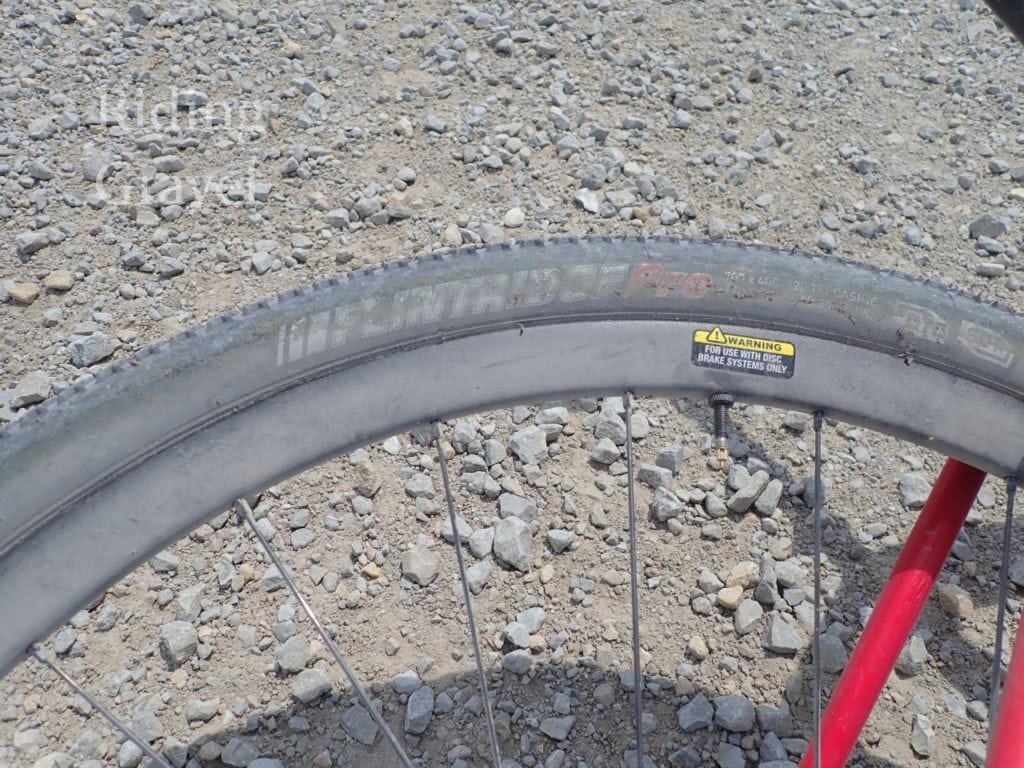
Riding Impressions- With more time on these tires MG and I had some additional thoughts to share about them. MG likes the Flintridge Pro, but in comparison to other tires we have tried, they don’t really stand out from the crowd. MG said, “They’re pretty innocuous in use, which is to say you don’t go ‘Damn these tires are awesome’, but on the flip side you never say, ‘Damn these tires suck.'” He went on to add that, “They aren’t the most supple, but they hold air pretty well and work pretty well at either end of the bike. ”
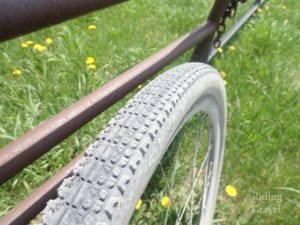
That has been pretty much the theme here with the Kenda Flintridge Pro tires since the “Checkpoint” post. They just get the job done. I agree with MG that there really isn’t any reason to even think about them when you ride, with the possible exception of that lack of suppleness and the noticeable drag on pavement. Something else I mentioned in the last post as well. I thought that perhaps some more air pressure tweaks were in order, so I tried going above my standard pressures that I use to try to see if that slower roll could be alleviated with these tires on pavement.
At around 45psi rear, 42psi front, the 40mm (really a 42mm-43mm tire) rolled noticeably better, but harsher, than before. I tried it on gravel then and found what I suspected it would be from the pavement test- a harsher, less stable ride on gravel. Then an interesting thing I hadn’t planned for helped sort this issue out more clearly.
About midway through the 30 mile gravel ride I noted that the rear tire suddenly felt much plusher. At first I thought I was imagining things, but the rear tire felt much better the rest of the ride. Investigating further afterward revealed that I had punctured, since sealant was sprayed on the back of the seat tube. Obviously this sealed puncture lowered the pressure, and my thoughts were confirmed. The Kenda Flintridge is really best in rougher gravel. Especially when considering that, at higher pressures, the overall performance suffers. Performance on hard, or paved surfaces, are really not this tires best trait. There are plenty of other tires which outshine the Flintridge pro in that area if hard surface riding is a bigger part of your scene than rougher, loose gravel is.
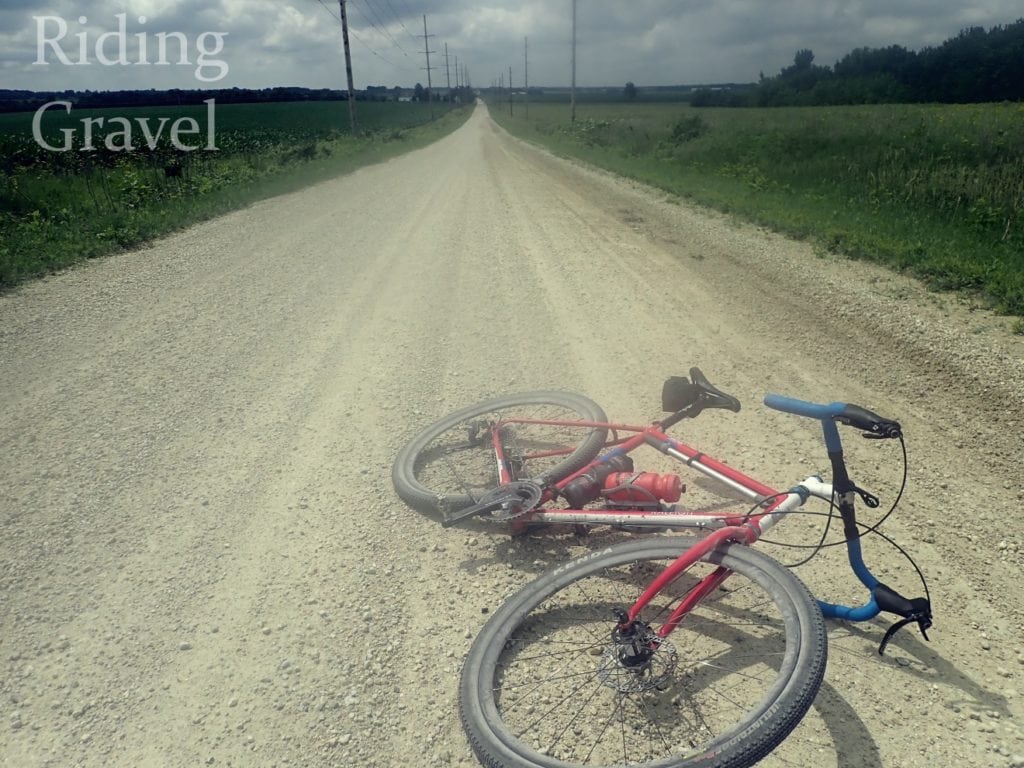
At The Finish: The Flintridge Pro is a tire made to withstand some nasty gravel and paved road gremlins, but with that protection comes a price. In this case, a possibility for a very difficult mounting process, and high rolling resistance on pavement. While hard surface riding suffers from a higher rolling resistance feel, when you hit the rough stuff this tire comes alive. It rides with an uncanny smoothness then that belies its paved riding characteristics. The Flintridge does mount up 2-3mm wider than stated on the hot patch, so be careful if clearances are tight on your bike.
Tread wobble could be an issue with this tire, but it doesn’t seem to affect performance for us. The tread has a good amount of traction on dry dirt and performs in an average sense on gravel. Just what we expect from a tire in this class. Mud is not this tires friend. That said, if you have rough to severe gravel or rock on much of your routes, the Flintridge Pro is up to the task there. As a result of our riding, we have come to the conclusion that the Flintridge Pro definitely can get the job done, but it isn’t the tire that many others are that have hit the scene since the introduction of the Flintridge.
Note: Kenda Tires sent over the Flintridge Pro tires at no charge for test and review. We were not paid, nor bribed for this review and we strive to give our honest thoughts and opinions throughout.


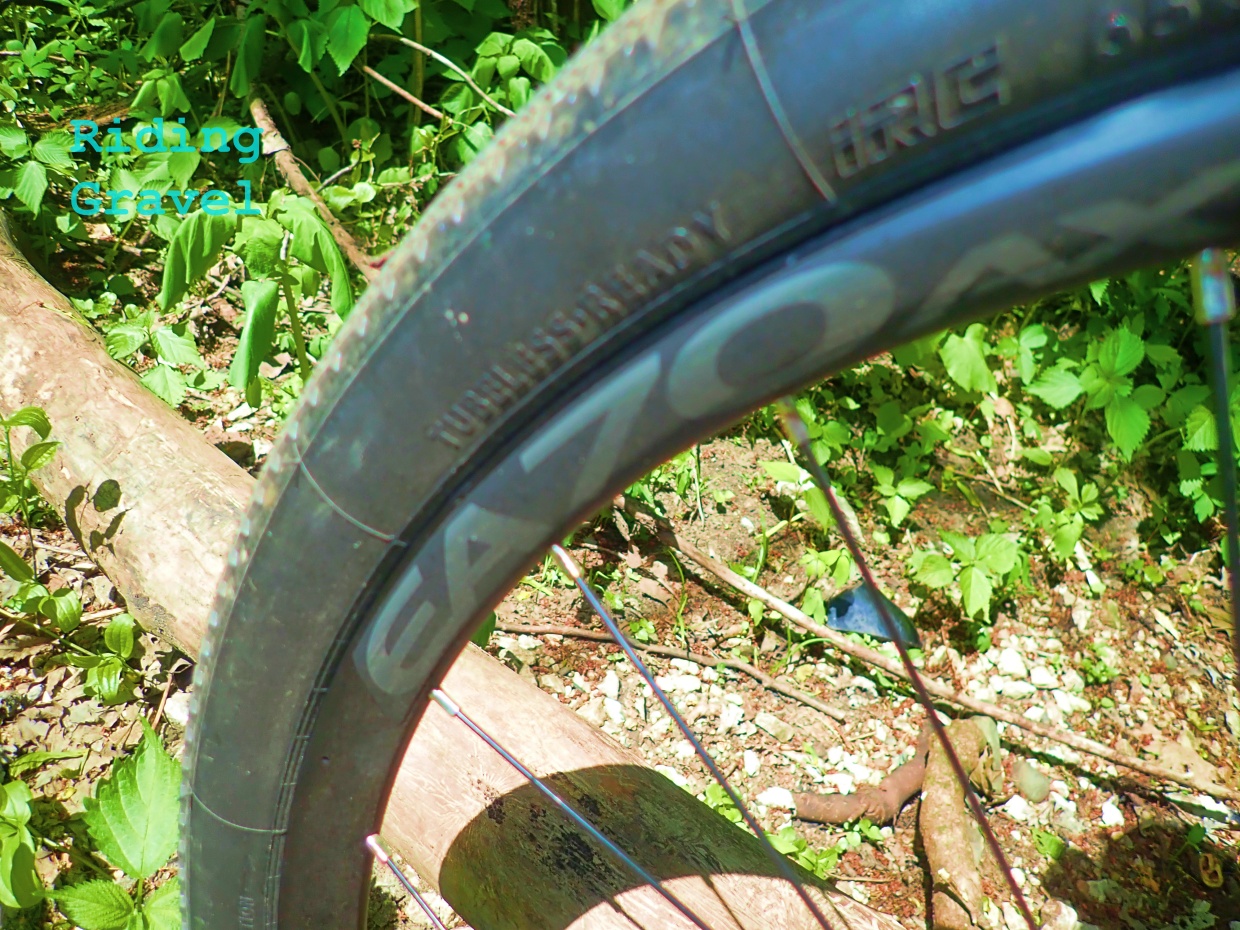
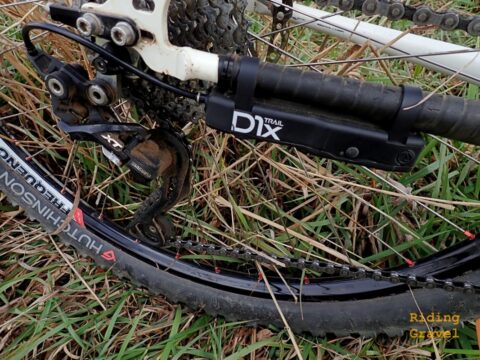
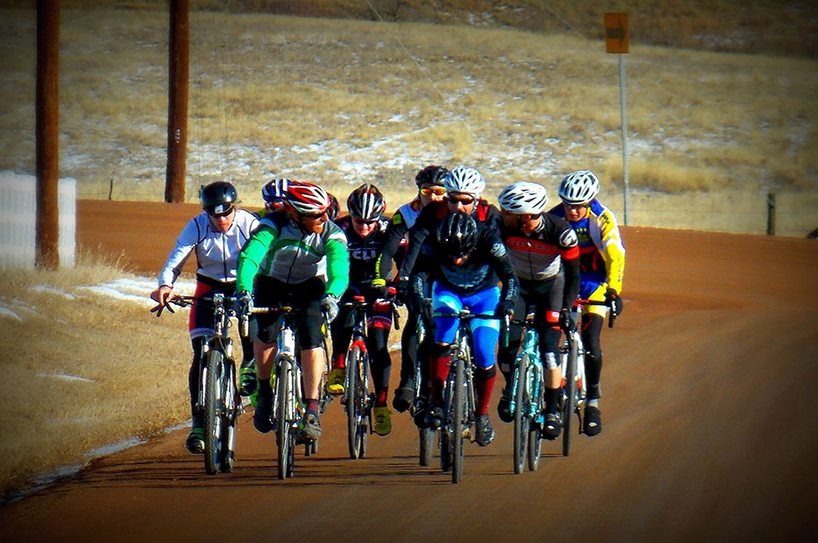
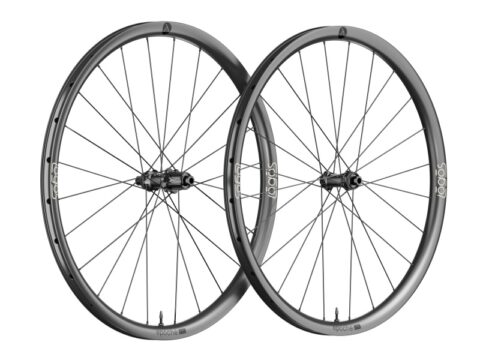
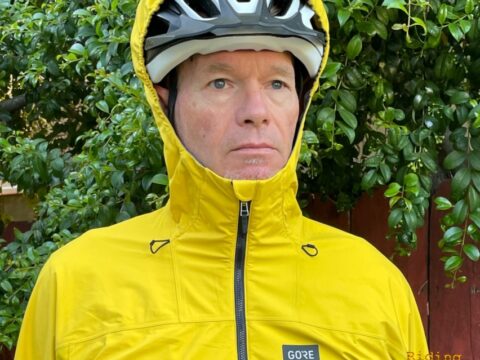
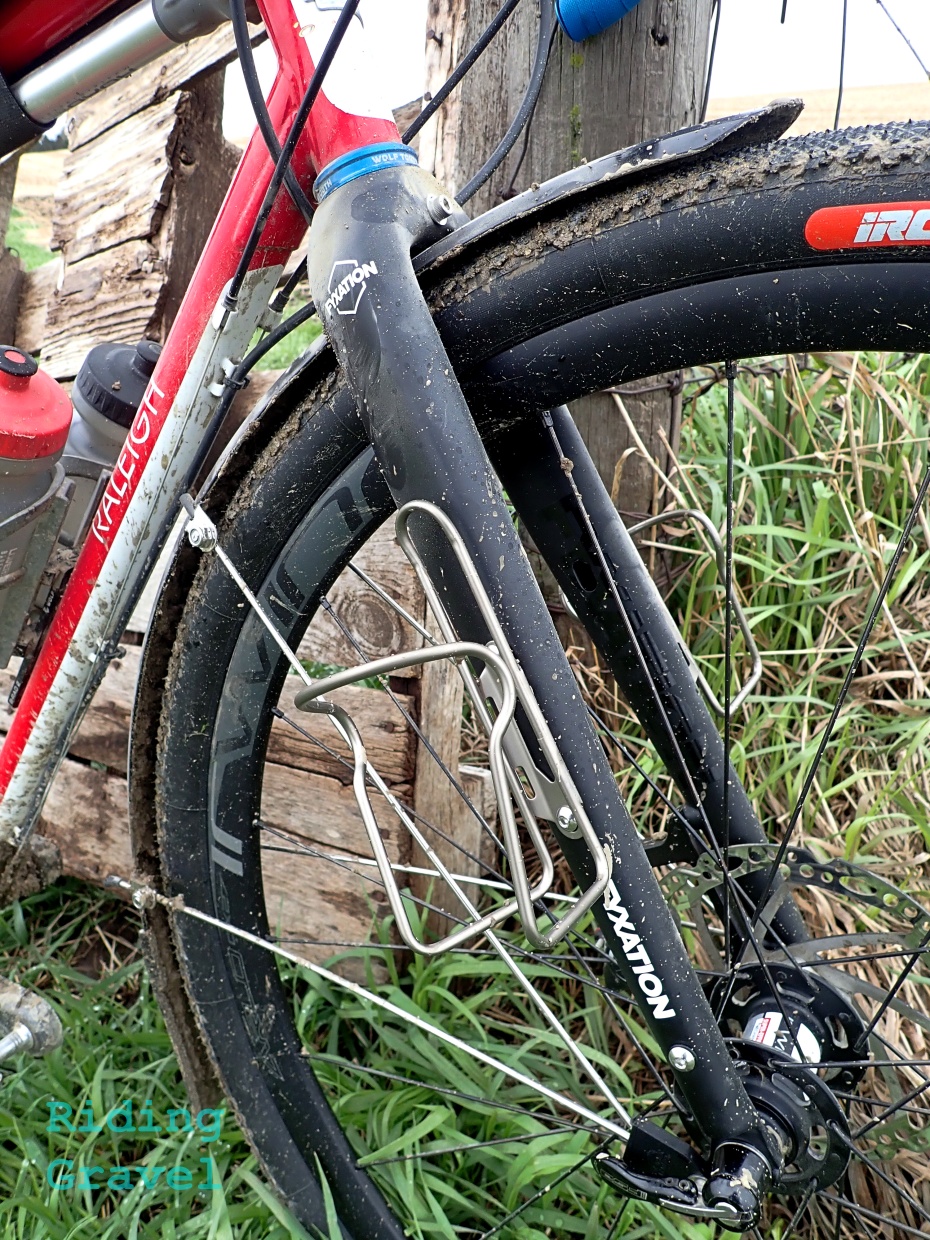

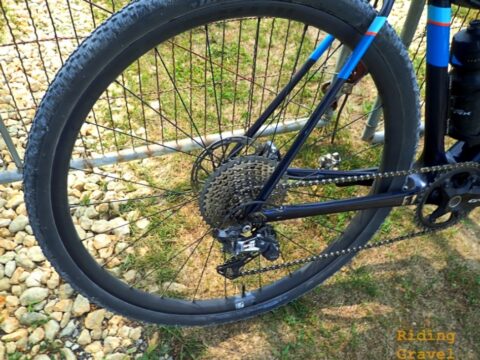

Great review as usual guys but I’m wondering if you would’ve liked the “Tubeless Race” version better. It’s also listed as 120TPI, but weighs in 75g lighter than the SCT model
I have been riding the 35mm front and rear with the front a TR version and the rear the heavier, SCT. The TR version is noticeably lighter. I have a second TR version but could never get it to seal. The sidewalls would never stop leaking. I concur with Ted’s observations: The Flintridge is a slug on the pavement but shines in the rough stuff. I ride in the Los Angeles area too and the Flintridge does an admirable job hooking up in the “loose over hard” of the Santa Monica Mountains. And through a rock gardent, they simply do not give in. And another yes to Ted’s observation, these tires want to run below 40 psi by at least 3-4 PSI.